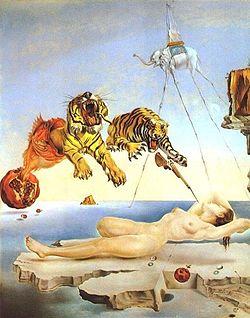The ocean has many moods, forms and expressions and has inspired many artists through the ages.
The Ukiyo-e woodblock print by the Japanese 19th century artist (published around 1830) is the first in his famous series of prints called 'Thirty six views of Mount Fuji' which, as per historian Richard Lane is " a monumental print-series, one work- that made Hokusai's name both in Japan and abroad"
Katsushika Hokusai was a Japanese artist, Ukiyo-e painter and printmaker of the Edo period.
Like every other piece of 'great art', The Great wave has inspired more art, as demonstrated by the following images, taken from different art and design disciplines.
source: http://annafelldowntherabbithole.blogspot.in/2011/06/inspiration-dior-at-moscows-pushkin.html
Photo Credits for above picture: Andrea Russo





















